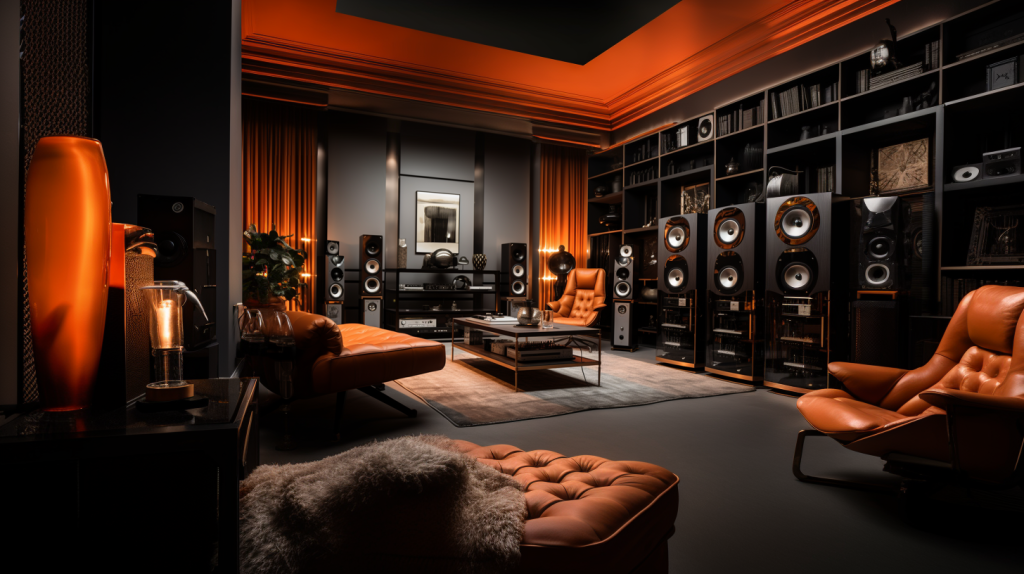Reaching optimal sound quality from your audiophile configuration requires more than just choosing premium gear. The perception of sound is much influenced by the surroundings in which one listens to music. Correct calibration of your space will improve audio clarity, accuracy, and general listening pleasure. A Stereo System with powerful amplification ensures clean, distortion-free sound even at higher volume levels. These are some important pointers to maximize your audiophile arrangement by means of room calibration.
-
Evaluate the dimensions and form of the room.
Sound travels and reflects differently in your room depending on its size and form. While big, wide areas could cause sound dispersion, square rooms might produce unwelcome resonance. Knowing the measurements of your room will help you to decide on the required changes. Should your space be smaller, consider how sound reflects off the furniture and walls. To prevent sound being lost in open space in bigger spaces, think about installing extra acoustic treatments or bigger speakers.
-
Organize speakers properly.
A good soundscape requires correct speaker placement. Start by orienting your speakers at ear level such that the two speakers form an equilateral triangle with your listening position. Make sure the speakers and the walls are far enough apart since too close placement can cause unwelcome bass build-up. Angling your speakers somewhat inward (toe-in) will also help focus sound into your listening point, hence improving clarity and detail.

-
Apply Acoustic Treatments.
Sound clarity can be lowered and echoes created by sound reflections from ceilings, flooring, and walls. Including diffusers, bass traps, and panels helps control and absorb these reflections. Bass traps in the corners of the room can control low-frequency buildup, while acoustic panels on the walls absorb mid- and high-frequency sounds. Placed on the rear wall, diffusers help to evenly distribute sound, therefore reducing strong reflections.
-
Control Reverb Made from Soft Materials and Furniture
By absorbing extra sound waves, furniture and soft materials including carpets, drapes, and cushions assist decrease sound reverb. Too many hard surfaces in your space could cause sound to bounce about and result in a muckering listening experience. Soft materials placed strategically in the room help to balance the sound, thereby enabling you to hear more detail and attain a closer, more accurate audio performance.
Audiophiles often customize their Stereo System to achieve the perfect balance of audio quality and aesthetics.




